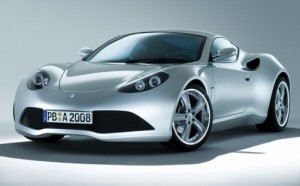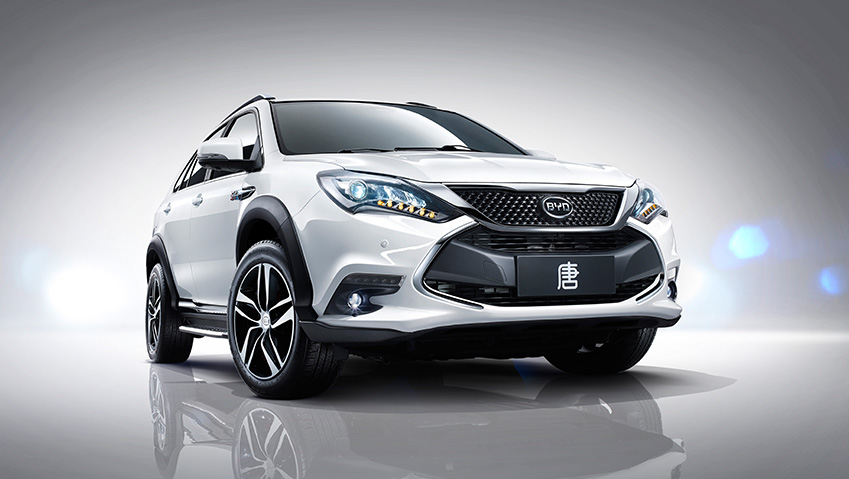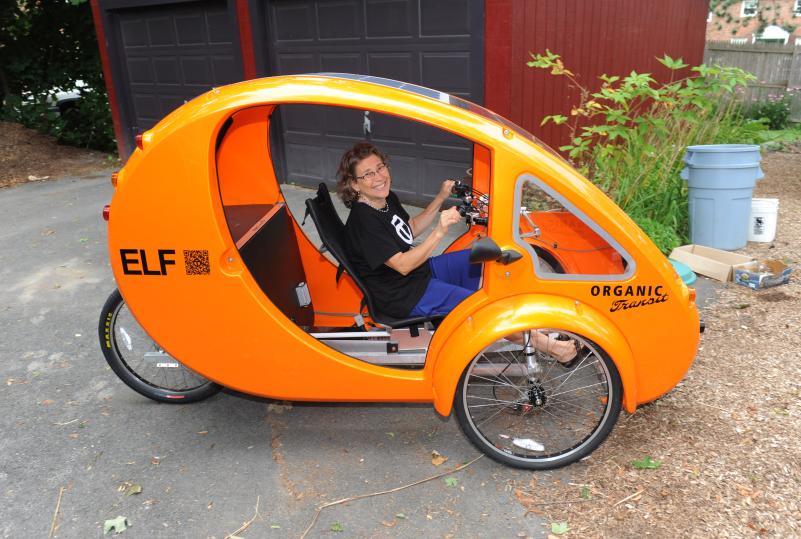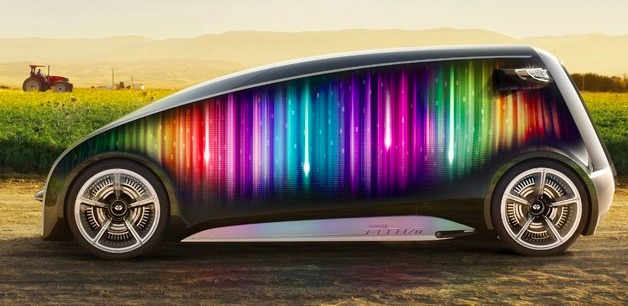 The automotive industry is going to change on the transition to electric cars. Utility companies will need modified business models and fee structures for supplying electricity to vehicles.
The automotive industry is going to change on the transition to electric cars. Utility companies will need modified business models and fee structures for supplying electricity to vehicles.
In Germany electromobility is expedited on a systematic and holistic basis and it is seen from the perspective of a complex system, worked on all angles: designs, system integration, energy generation and distribution, storage technologies and a whole lot more.
The goal of the Fraunhofer researchers is to develop prototypes for hybrid and electric vehicles, in order to support the German automotive industry as it makes the crossover to electromobility. The federal ministry for education and research BMBF is funding these plans with a total of 44 million euro from Economic Stimulus Program I and II.
Demonstration vehicle as scientific test platform
The researchers in the group project are therefore not only working on new parts, but also on an electrically operated demonstration model, the “Frecc 0,” which is the abbreviation for “Fraunhofer e-concept car Type 0(zero).” This vehicle under construction yet, serves as a scientific integration platform and will indeed demonstrate the system competency of Fraunhofer institutes. Automobile manufacturers and suppliers can also use the “Frecc0” to test new components jointly with the Fraunhofer institutes starting in 2011.
The basis is an existing car: The new Artega GT from Artega Automobil GmbH provides an ideal platform for the integration of Fraunhofer components. For example, researchers can test how a crash-proof battery system, a wheel hub motor and a battery charger behave in the car as a total system.
Networked research on the battery system
The experts from eleven Fraunhofer institutes are working at full speed on the battery system which it must be safe, durable and efficient. The driver must be able to estimate any time how much farther he can get before the battery needs a recharge. He also need to know about traffic hold-ups so that, if necessary, he has enough time to find a service station. Whereas it is easy to determine the filling level of a gas-powered vehicle, this is not so easy with the battery of an electric vehicle. A lithium-ion battery system mostly consists of several hundred cells, and they do not always run down at an equal pace. And if isolated cells break down or no longer deliver the intended capacity, then the entire battery may be affected. To counter these problems, elaborate, cross-networked battery management systems are used, as well as a higher-level energy management system.
Researchers are developing a system only existed in prototypes — for stationary battery systems. Project manager Dr. Matthias Vetter of the Fraunhofer Institute for Solar Energy Systems ISE in Freiburg, explains the basic principle: “Within fractions of seconds, the electronics measure the line-to-line current, the single cell voltage and the temperature of each cell, and from this determine their state of charge and state of health. This way, a determination can be made for each cell on the threat of overload, excessive discharge, overheating or premature aging.
” Vetter explains this complex car battery system: “It contains two strings, each with eight modules of twelve cells. For controlling, a total of 16 interlinked battery management systems are used. They communicate with an energy management system integrated into the battery pack via a databus widely used throughout the automotive industry — a CAN (Controller Area Network). For example, the system can equalize differing charge statuses of the cells, and thus always provide maximum capacity and energy.
At the same time, it can also issue forecasts.” The electronics also measure the onward and reverse flow temperatures of the attached cooling circuit. On the one hand, the pump should ensure that no overheating occurs; on the other hand, it should consume as little energy as possible itself. To do so, the system also controls the cooling circuit by means of a model-based regulator, thus optimizing energy consumption, lowering peak temperatures, and increasing reliability.
At the same time, the system takes over communication with the vehicle. For instance, it submits forecast reports on distances and threshold values, both for drive control as well as for charging operations. In addition, it monitors itself to determine if the desired power violates critical current and voltage limits. Then, at any time, the driver can read from the instrument panel how far he needs to drive until the battery has to be recharged.
Even in an accident, the system takes precautions: through its circuit breaker, the higher level energy management is capable of shutting down the battery either in its entirety, or just line-by-line. This could be necessary if individual cells overheat, suffer an internal short circuit or have gone completely dead. In an accident, safeguards must be taken to make sure the car’s body is not exposed to any live voltage, so that emergency rescue squads can open the car without risk. This is guaranteed by the appropriate sensors.
The scientists bring in their expertise – from designing the battery system to safety tests; from the connection technology through to recycling. Through shared efforts, it is possible to rapidly accelerate research projects, and swiftly usher the results to market-ready condition. If German industry intends to hold its ground against the international competition it has to move its pace of innovation to the fast track.
Source Science Daily



